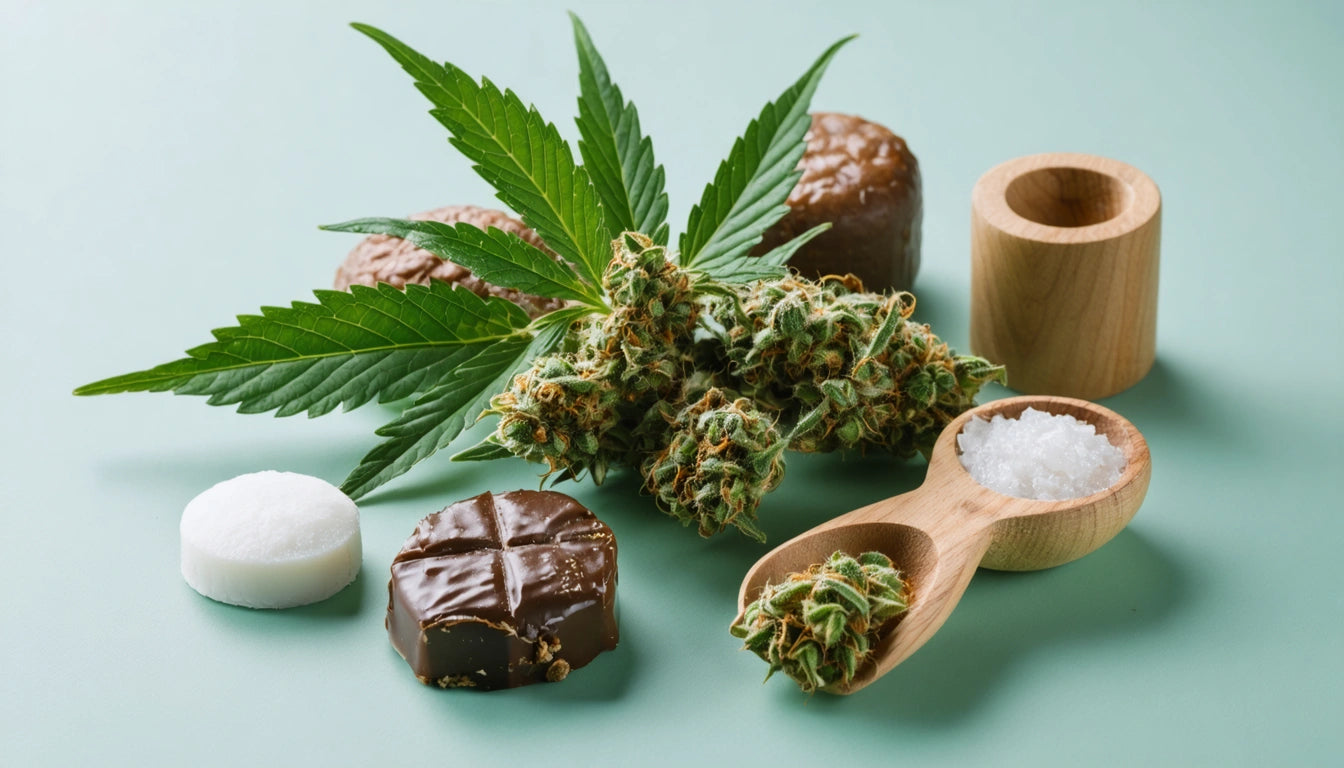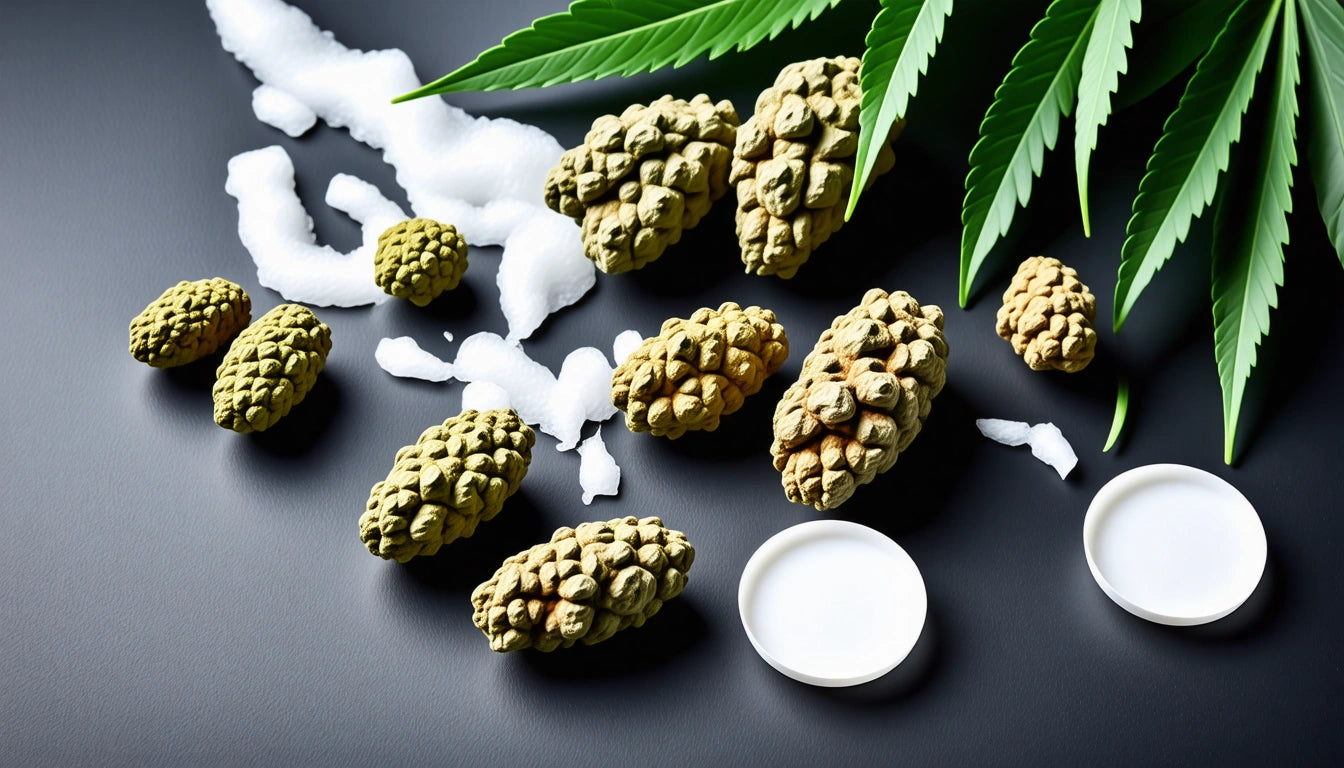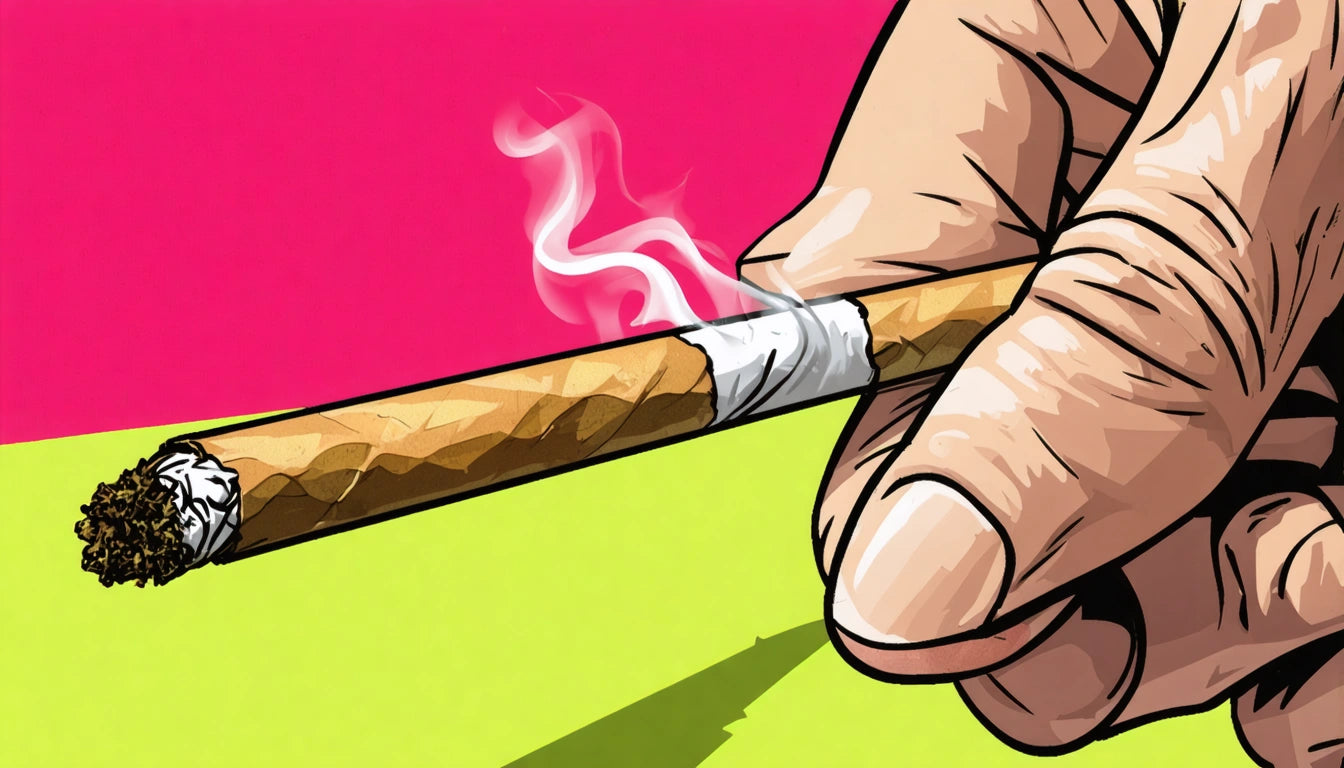Table of Contents
- Understanding Decarboxylation: The Essential First Step
- Preparing Your Cannabis Flower for Infusion
- Infusion Methods: Butter, Oil, and Beyond
- Calculating Potency: Dosing Your Edibles Correctly
- Recipe Ideas for Homemade Cannabis Edibles
- Storage and Labeling: Keeping Your Edibles Fresh and Safe
- Troubleshooting Tips for Better Homemade Edibles
How to Make Potent Cannabis Edibles from Flower
Creating cannabis edibles at home allows for complete control over ingredients, potency, and flavor profiles. While the process requires attention to detail, making edibles from flower is both cost-effective and rewarding. This comprehensive guide walks through each step of transforming raw cannabis flower into delicious, potent edibles.
Understanding Decarboxylation: The Essential First Step
Before your cannabis flower can produce any psychoactive or therapeutic effects in edibles, it must undergo decarboxylation. This chemical process converts THCA (non-psychoactive) into THC (psychoactive) through controlled heat exposure.
How to Decarboxylate Cannabis Flower:
- Preheat your oven to 240 °F (115 °C)
- Break up cannabis flower into small, even pieces
- Spread evenly on a parchment-lined baking sheet
- Bake for 30-40 minutes, stirring halfway through
- The cannabis should turn light to medium brown and feel dry to touch
Proper decarboxylation is crucial when learning how to make cannabis-infused products that deliver consistent effects. Without this step, your edibles will lack potency regardless of the quality of your flower.
Preparing Your Cannabis Flower for Infusion
The quality and preparation of your flower directly impacts the potency of your final edibles. For optimal results:
- Use high-quality, properly cured cannabis flower
- Consider the strain's effects (indica, sativa, or hybrid) based on your desired outcome
- Grind your decarboxylated flower to increase surface area for better extraction
Using quality grinding equipment ensures consistent particle size for optimal extraction efficiency. Fine grinding increases the surface area, allowing more cannabinoids and terpenes to infuse into your butter or oil.
Infusion Methods: Butter, Oil, and Beyond
Once decarboxylated, cannabis can be infused into various carriers. The most popular options include:
Cannabis-Infused Butter (Cannabutter)
Butter's high fat content makes it excellent for extracting cannabinoids. For detailed instructions on this method, see our guide to making delicious cannabis edibles.
Cannabis-Infused Oil
Oils like coconut, olive, or MCT make versatile carriers for both sweet and savory recipes. Follow our comprehensive guide to making cannabis-infused oil for best results.
Alcohol-Based Tinctures
For faster-acting edibles, high-proof alcohol can extract cannabinoids effectively. These tinctures can be added to drinks or used in recipes.
When deciding how to make weed edibles from flower, consider which infusion method best suits your intended recipes and dietary preferences.
Calculating Potency: Dosing Your Edibles Correctly
Understanding potency is crucial when learning how to make potent edibles that are safe and enjoyable. To estimate THC content:
- Start with your flower's THC percentage (e.g., 20% THC)
- Calculate the total THC: 1 gram (1000mg) of 20% THC flower contains approximately 200mg THC
- Account for extraction efficiency (typically 60-80%)
- Divide the total extracted THC by the number of servings
For beginners, aim for 5-10mg THC per serving. Experienced users may prefer 15-30mg or more. Always start low and increase gradually with subsequent batches.
Recipe Ideas for Homemade Cannabis Edibles
Once you've mastered how to make edibles with bud, experiment with these popular recipes:
- Classic brownies or cookies using cannabutter
- Savory dishes like pasta with cannabis-infused olive oil
- No-bake options like energy balls or chocolate truffles
- Gummies using tinctures and gelatin
For a complete collection of recipes and techniques, explore our comprehensive guide to making homemade edibles.
Storage and Labeling: Keeping Your Edibles Fresh and Safe
Proper storage extends shelf life and maintains potency:
- Store in airtight containers away from light and heat
- Refrigerate or freeze for longer shelf life
- Always label clearly with potency and date made
- Keep away from children and pets
When learning how to make edible cannabis products, responsible storage and labeling are as important as the creation process itself.
Troubleshooting Tips for Better Homemade Edibles
If your edibles aren't meeting expectations, consider these common issues:
- Weak potency: Insufficient decarboxylation, low-quality flower, or ineffective infusion
- Uneven dosing: Inadequate mixing of infused ingredients
- Overwhelming cannabis taste: Water curing flower before decarboxylation can reduce chlorophyll
- Delayed or unpredictable effects: Edibles typically take 30-90 minutes to take effect; consuming on an empty stomach speeds onset
For those wondering how to make marijuana edibles with consistent results, patience and precise documentation of your process will help refine your technique over time. Keep notes on temperatures, times, and ratios to replicate successful batches.
As you gain experience with how to make cbd edibles or THC-rich varieties, you'll develop an intuitive understanding of the process. Remember that homemade edibles offer not just potency, but the ability to customize every aspect of your cannabis experience from flavor to effect profile.











Leave a comment
All comments are moderated before being published.
This site is protected by hCaptcha and the hCaptcha Privacy Policy and Terms of Service apply.